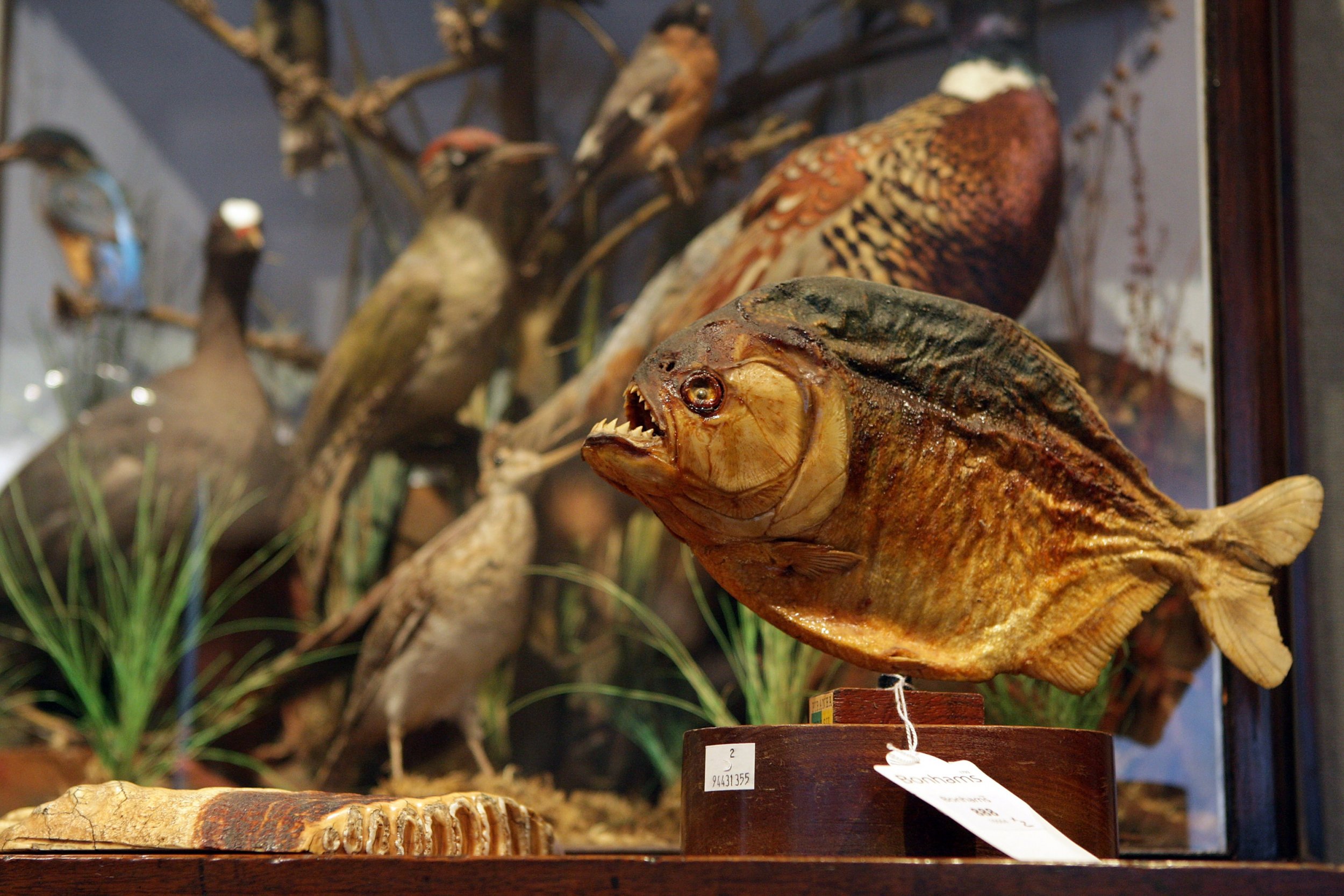
Fish feast on a wide variety of food including worms, crustaceans and plants. But, some others—known as scale-eaters—prefer to rip the scales off of other fish and then eat them.
In order to better understand how some scale-eaters attack their prey, a team of biologists examined two species of piranha fish and two species of characin fish. They found that although all four of those species are parasitic, their eating methods and body shapes are vastly different from one another.
Related: Lobsters May Feel Pain, So It's Now Illegal to Boil Them Alive in Switzerland
"Some fish will wrath the scales off the side of other fish and stack them like pennies in their throat before they swallow them, whereas some are a little more sloppy about it," study author Kory Evans, a postdoctoral fellow at the University of Minnesota, told Newsweek. "Some of the piranhas we featured in the paper have a really long lower jaw that's used for that scraping behavior."
Piranhas, which usually don't get any bigger than about 1.5 feet long, can store up to 12 large fish scales in their stomachs at once. This is equivalent to a human scarfing down a dozen silver dollar pancakes at once, according to a statement about the research.
Related: Nightmare Irukandji Jellyfish With a Sting So Painful Victims Ask To Die Are Invading Australia Beach
Evans, along with biologists from the University of Washington (UW), used CT scans to confirm that the piranhas can handle eating entire scales. The scans also allowed them to look at other aspects on the fish's internal anatomy, such as their jawbones.
"We were able to look at the image slices from three different points of view, and could more accurately pinpoint and measure certain elements like the jawbones," study author Jonathan Huie, an undergraduate in aquatic and fishery sciences at UW, said in a statement.
Among the thousands of fish species in the world, only about 50 are classified as scale-eating. And to the researchers' surprise, evolution has made them all quite different.
"The main takeaway is essentially there are many ways to build a scale-eating fish," Evans, whose research is published in the journal The Royal Society, said. Despite having very similar niches and occupying the same habitat, there seems to be quite a few ways to build a scale-eater through development."
Uncommon Knowledge
Newsweek is committed to challenging conventional wisdom and finding connections in the search for common ground.
Newsweek is committed to challenging conventional wisdom and finding connections in the search for common ground.
About the writer
To read how Newsweek uses AI as a newsroom tool, Click here.








